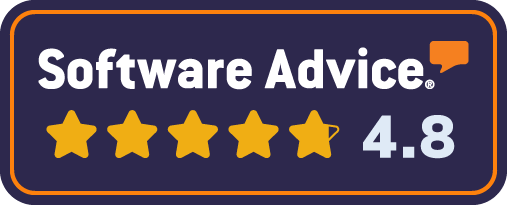Today’s digital advertising is cheap. And there are two reasons why. The first is ubiquity: There is literally endless inventory—a factor of being on a boundless Internet.
If the first reason centers around abundance, the second is actually about scarcity: A true lack of imagination.
Second Verse, Same as the First
Many publishers and media outlets have focused on scale and the standardization of advertising formats which has led to a homogenized, undifferentiated digital advertising market. Everyone is playing the same game as every one else, and it’s led to a collapse in pricing power. In the process, media & publishing companies have sacrificed their most important asset: the ability to tap their audiences and generate additional data for advertisers.
So, what’s holding the industry back?
Standard Metrics = Standard Results
There’s value, of course, in standardization. Advertisers, agencies, and even advertising venues need standard ways of measuring the same things. And that needs to continue. Impressions, page views, time-on-site, unique clicks…the measurement of those data points needs to be the same across the industry. It’s vital not only for comparative purposes, but for transparency as well.
Programmatic = Death by Convenience
Another stumbling block has been a focus on convenience through automation and aggregation. Programmatic advertising networks provide a ready way to monetize unsold advertising inventory on online media sites with almost no overhead involved.
Attractive, right? Except that there has been significant drag in other areas: 1.) It drives down prices; 2.) The lack of control has led to significant brand safety & fraud issues; and 3.) It’s often accompanied with a significant wallop to user/reader/viewer experience.
Scalability = Lack of Pricing Power
We used to live in a world where the ability to scale advertising was a competitive advantage and, correspondingly, it commanded premium pricing. Today, however, automation and limitless inventory has turned that equation upside down.
Reach is now cheap. The value now lies with depth: How well can an advertiser get to know your audience, engage with them, and better understand their needs and intent?
Engagement Advertising: A Way to Thread the Needle
Is there a way for publishers and media companies to provide the depth of engagement and data that advertisers crave without losing all of the value and convenience of automation and standardization?
Engagement Advertising might offer a way out of the differentiation and pricing issues without giving up all of the benefits of the current model.
First, let’s define it. Engagement Advertising combines the branding and response features of traditional advertising with interactive, data-collection features that invite the user to engage more deeply with advertiser content. It taps the user’s desire to want to learn more while collecting additional data on the user’s knowledge, demographics, and behaviors & intent.
Sound Complicated? It’s Actually Not
There are interactive content platforms available that seamlessly integrate with most web UX. They offer the engagement advertising experience, as well as collect the data and provide analytics. In addition, they utilize the same standards for traditional advertising metrics (reach, impressions, clicks, etc.). And with easy-to-use tools and interfaces, you can create advertising experiences quickly and painlessly.
Downsides? This is a much more in-depth user experience so it requires more content—either from the advertiser, the advertising venue, or a third party. And of course, more content requires more time to implement. Finally, engagement advertising generates more data which will need to be compiled and presented to the advertiser or their agency.
But are they really downsides? That additional work produces unmatched value in engagement, data, and insights for advertising clients. And that additional value equates to additional pricing power.
Engagement advertising provides a way for publishing, media, and other advertising-support venues to shift the model from ubiquity and homogenization to engagement, interaction, and deeper data. And that’s money in the bank.






